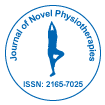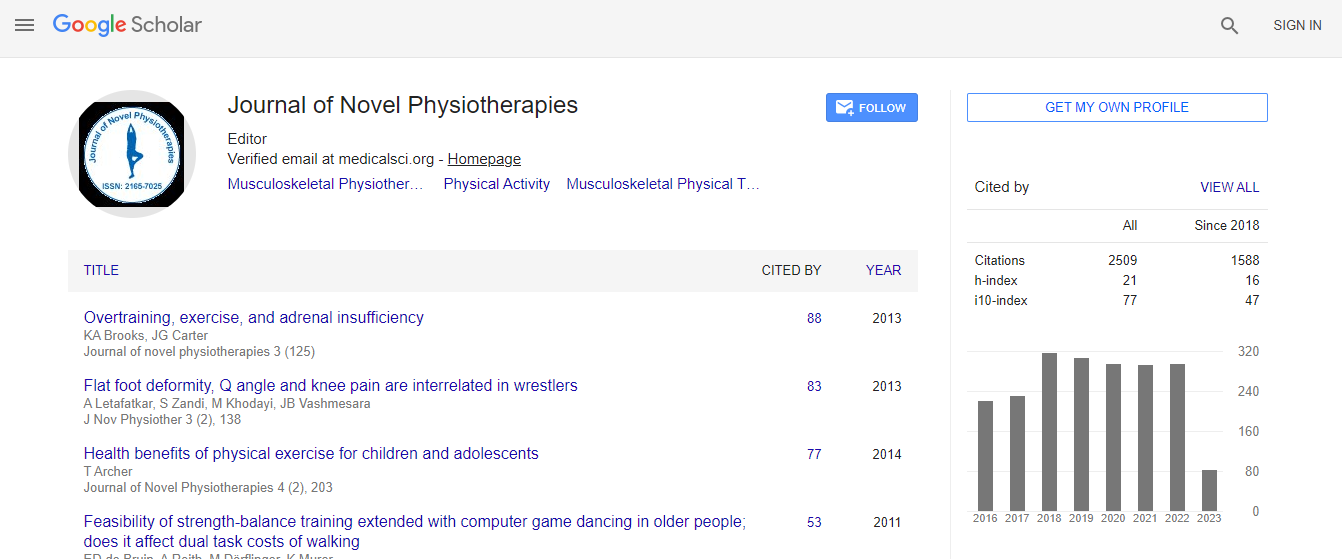Review Article
Physiotherapy on Gait Re-education in Adult Patients after Suffering a Cerebrovascular Accident with the Purpose to Obtain a Functional Gait
| Palma-Jimenez M, Armenta-Peinado JA, Martin-Valero R* | |
| Department of Psychiatry and Physiotherapy, Faculty of Health Sciences, University of Malaga, Malaga, Spain | |
| Corresponding Author : | Martin-Valero R Faculty Health Sciences, Malaga, Spain Tel: +34657834413 E-mail: rovalemas@gmail.com |
| Received date: Jan 25, 2014 Accepted date: Oct 16, 2014 Published date: Oct 24, 2014 | |
| Citation: Palma-Jiménez M, Armenta-Peinado JA, Martín-Valero R (2014) Physiotherapy on Gait Re-education in Adult Patients after Suffering a Cerebrovascular Accident with the Purpose to Obtain a Functional Gait. J Nov Physiother 4: 227. doi: 10.4172/2165-7025.1000227 | |
| Copyright: © 2014 Palma-Jimenez M et al.. This is an open-access article distributed under the terms of the Creative Commons Attribution License, which permits unrestricted use, distribution, and reproduction in any medium, provided the original author and source are credited | |
Abstract
Introduction: Re-education physiotherapy on gait disorders is essential to reintegrate patients, who suffered a Cerebrovascular Accident (CVA), in the activities of daily living. The first objective was to perform a review of the main methods of Physiotherapy intervention for gait´s alterations in the Cerebrovascular Accident (CVA).
Development: Literature searches were made in these databases: Medline (Ovid), Pedro, SCOPUS, PsycINFO, Web of knowledge, CINAHL (EBSCOHost), SportDicus (EBSCOHost), DOAJ, Cochrane, EMBASE, Academic Search Complete (EBSCOHost), Fuente Académica (EBSCOHost), and MedicLatina (EBSCOHost). A retrospective search of 5 years was used until April 2014. 33 records were selected based on the affinity with the subject of the review and their internal validity according to the PEDro scale.
Conclusions: Treadmill was followed by robots and electromechanical devises in the most cited method by the authors. We recommend further research on vibration therapy.

 Spanish
Spanish  Chinese
Chinese  Russian
Russian  German
German  French
French  Japanese
Japanese  Portuguese
Portuguese  Hindi
Hindi 
